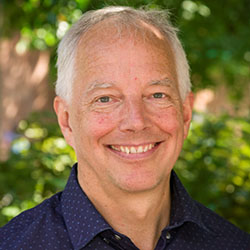Jim Olson Lab
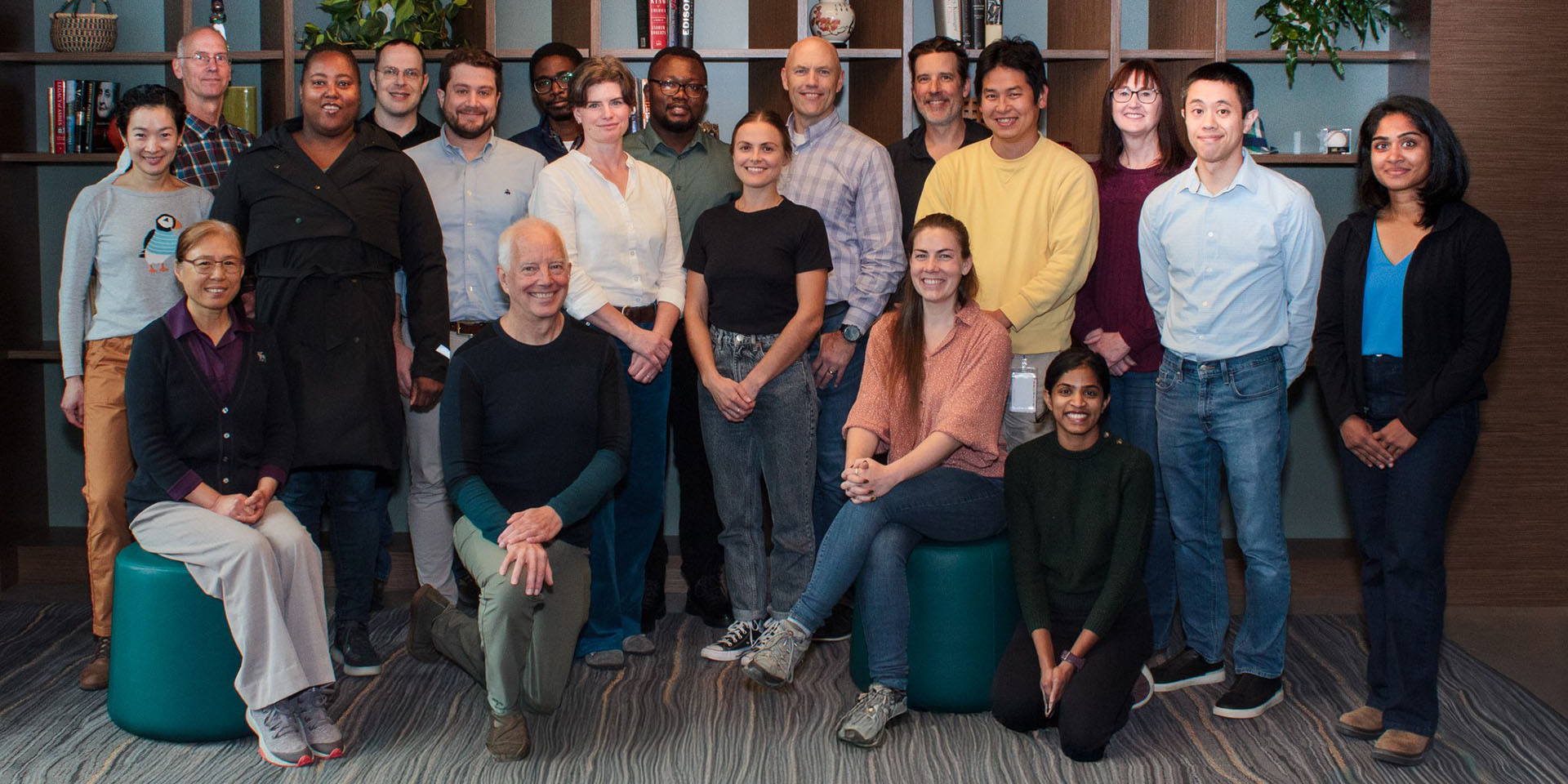
Advancing new therapies for childhood cancer
The research completed by Dr. Jim Olson and his team has led to a 20% increase in survival for children with high-risk Group 3 medulloblastoma; more than a dozen clinical trials in cancer patients; more than 50 patient-derived models of pediatric brain tumors; and three biotech companies (Presage Biosciences, Blaze Bioscience, and Link Immunotherapeutics). The Olson Lab’s current work focuses on discovering novel therapeutics for pediatric cancers and, more broadly, on discovering protein/peptide therapeutics for a wide range of pediatric diseases.
Using “Tumor Paint” to make brain tumors glow
Our lab discovered Tumor Paint, a scorpion-derived mini-protein that delivers a fluorescent signal to brain tumors in order to guide surgeons as they operate. The clinical development product, Tozuleristide, has been advanced by Blaze Bioscience through five clinical trials and will soon be considered for approval by the FDA. Learn more in the popular press about Tumor Paint: CNN, CBS News Sunday Morning, The Guardian, NPR #1, NPR #2.
T cell engagers (TCEs)
Blincyto was approved by the FDA in 2014 as the first bispecific T cell engager (TCE) that extended the lifespan of some leukemia patients and contributed to 94% of pediatric leukemia patients achieving complete remission. Hundreds of bispecific antibodies have since been engineered, with several in clinical trials. Yet despite the success of Blincyto, we have seen very limited efficacy of TCEs in brain and solid tumors.
Our lab thus focuses on designing and testing TCE candidates for solid tumors and certain high-risk leukemias that have the potential to advance to clinical development. As part of our research program, we seek to identify novel CD3 binders that promote efficient T cell engagement/killing with decreased cytokine release; to test novel TCE delivery methods, including oncolytic viruses and local release from implanted hydrogels; and to generate multi-specific TCEs that target more than one tumor-associated antigen to increase tumor targeting specificity and limit off-tumor toxicity.
We are currently developing therapies to target DIPG, HGG, brain metastases of various origins, neuroblastoma, high-risk AML and B-ALL. In addition to identifying potential clinical candidates, we are also using these molecules to understand why responses are limited, so that we and others can overcome the obstacle of successfully engaging the patient’s own immune system to reduce cancer burden.
Unique CD3-engaging antibodies
A major driver of toxicity and insufficient clinical efficacy for T cell engagers (TCEs) is the ongoing use of outdated CD3-binding antibodies that are known to have serious liabilities. To address this problem, we conducted a cutting-edge campaign in which we identified 87 new CD3 binders in 12 clonotypes, most of which are cyno-cross reactive and most of which lack the liabilities that plague TCEs with liability-laden CD3 binders.
Through a spin-out biotech company, we are partnering with pharma and biotech to clinically develop the new binders in ways that are beyond the reach of our academic lab. Ongoing work in the lab seeks to identify strategies for building on this platform to generate the safer and more effective TCEs.
Novel PD-L1 TCE Therapeutics
PD-L1 is dramatically upregulated in many cancers in response to interferon gamma (IFNg), which is released by activated T cells within the tumor microenvironment. We reasoned that this robust checkpoint response, which normally inhibits T cells, could instead be converted to a cancer vulnerability if PD-L1 was targeted with a T cell engager (TCE).
Furthermore, a PD-L1-directed TCE could potentially address immunologically cold tumors that exhibit low mutational burden and/or have poor immune cell infiltration. We thus developed a bispecific therapeutic molecule that targets PD-L1 and CD3 and converts PD-L1 upregulation from a cancer's evasion mechanism into a vulnerability that we can then target.
Based on extensive preclinical evidence, our PD-L1 TCE molecule has the potential to be effective in treating uniformly fatal pediatric brain tumors, such as Diffuse Midline Gliomas (DMGs), as well as aggressive adult cancers, such as lung, breast and colon cancer that metastasize to the brain.
Given the expression of PD-L1 on non-neoplastic tissues in the body, our lab maintains a strong focus on ways to maximize activity within the tumor microenvironment while minimizing damage to normal tissues that express PD-L1.
Modular protein engineering to build safer therapeutics
The Olson Lab is engineering protein drug candidates that will address difficult to treat conditions by assembling different binder domains and other elements precisely arranged for the greatest benefit with minimal risks.
Examples of such approaches include selectively targeting anti-inflammatory molecules to the brain where inflammation is driving disease; preventing cancer-targeting immune cells from damaging healthy tissues; and driving multiple immune cell populations to attack cancer cells without attacking each other.
Over the past 15+ years, we’ve gained expertise in diverse binder classes to ensure that the right binder is chosen for the right function. Each drug candidate is designed hand-in-hand with leading disease experts to ensure that our new molecules have the greatest chance to become effective treatments.
Local Immunotherapy for pediatric solid tumors
Traditional treatments for eliminating solid tumors, such as surgery, chemotherapy and radiation, often fail to eliminate all cancer cells and cause long-term toxicities. And although systemic immunotherapy is an appealing alternative strategy, its current ineffectiveness stems from a critical 4-6 week waiting period after surgery, when the post-surgical environment makes it difficult for the patient's immune system to detect and kill the remaining cancer cells.
In contrast, our strategy involves developing protein therapeutics that are injected locally by a surgeon into the area around the tumor immediately after the bulk of the tumor has been removed. Our therapeutic candidates are specifically designed to be long-acting, with a duration of 4-6 weeks. Their prolonged activity allows them to function throughout the critical post-surgical period to overcome the hostile tumor microenvironment that typically renders cancer cells invisible to the immune system and nullifies other treatments.
Our sustained, localized approach aims to improve treatment efficacy while reducing the systemic toxicities associated with traditional therapies.
Schizophrenia
Schizophrenia continues to be a risk factor for suicide in teenage and young adults, and despite almost half a century of treatment with antipsychotics, there is no clear path towards recovery for individuals diagnosed with this disorder. Complement activation is an important biological process that drives brain development and maturation and that promotes some of the physical changes seen in the brains of patients with schizophrenia. Individuals with a genetic predisposition towards high expression of complement proteins, particularly complement C4, are at a higher risk of developing schizophrenia following a psychotic episode compared to those with low C4 expression.
We have replicated these findings in transgenic models overexpressing human C4, which suggests that therapies capable of limiting the expression of complement C4 in the central nervous system (CNS) may promote recovery for patients with schizophrenia. We are thus engineering a class of complement degraders capable of CNS access to limit the deleterious effects of complement activation in these patients.
Advancing next-generation therapeutics for chronic inflammatory conditions in children and adults
With support from the Washington Research Foundation, we have discovered a novel suite of neutralizing antibodies that are advancing to clinical development for patients with severe asthma, severe food allergies and other autoimmune disorders. Our work targets key pathways in the inflammatory cascade, with long-acting antibodies and cell-delivered biologics designed for dosing as infrequently as once a year. These therapies aim to reach broader patient populations while addressing the burden of chronic medicalization.
-
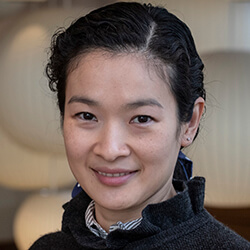
Lisa Ang, PhD
Research Technician IV
-
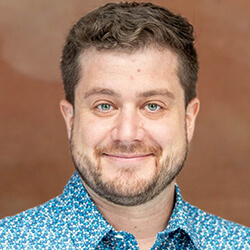
Ian Blumenthal, PhD
Postdoctoral Scholar
-
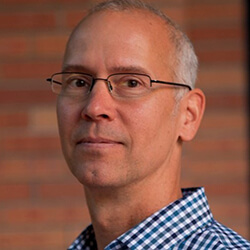
Ken Brasel
Research Scientist III
-
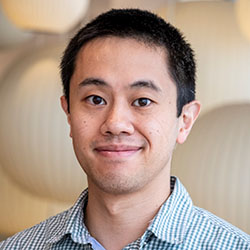
Steven Chen, PhD
Research Scientist III
-
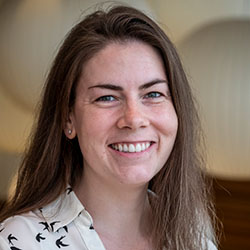
Heather Conti
Research Associate I
-

Zachary Crook, PhD
Senior Research Scientist
-
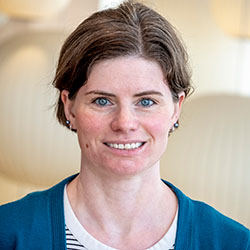
Emily Girard
Staff Scientist, Supervisor
-

Hailey Hentschel
Research Technician III
-
Jason Leubner, PhD
Program Manager I
-

Sinduja Marx, PhD
Postdoctoral Scholar
-

Andrew Mhyre, PhD
Senior Research Scientist, Management
-
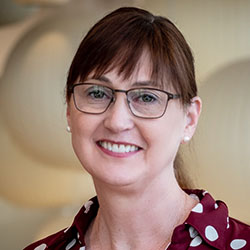
Shelli Morris, PhD
Senior Research Scientist, Management
-
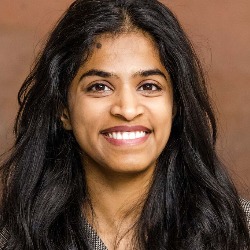
Paru Muthuraman
Research Technician II
-
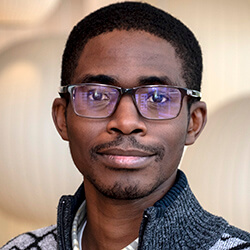
Akinsola Oyelakin, PhD
Postdoctoral Scholar
-
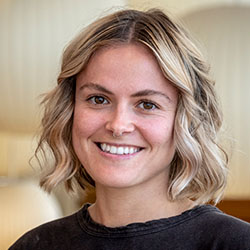
Kristina Pilat
Research Scientist III
-
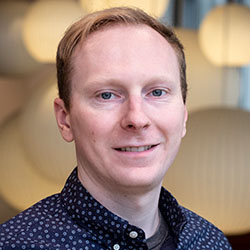
Raymond Ruff
Research Scientist III
-

Yusuke Suita, PhD
Postdoctoral Scholar
-

Alison Williams, PhD
Research Scientist IV
-
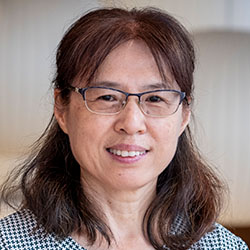
Chunfeng Yin
Research Scientist III

